- This post contains affiliate links. Read more here.
- Not a substitute for professional veterinary help.
When you set out to cat proof your home, keep in mind that cats spent millennia in the wild before becoming the sweet little domestic animals we let curl up on our sofas. To your cat, your toilet looks like a watering hole, the legs of your furniture look like tree trunks, the plush rug works just fine as a litter box, and it’s okay to barf just about anywhere.
It’s unlikely you are going to be successful explaining the rules of the indoors to your furry roommate. The most pro-active strategy is to provide your cat with attractive alternatives to trashing your house: a clean water bowl with fresh water; a sturdy scratching post; a private, spacious (and carefully maintained) litterbox; and…well, when it comes to barfing, you’ll have to look at defensive measures, which we describe in detail below.
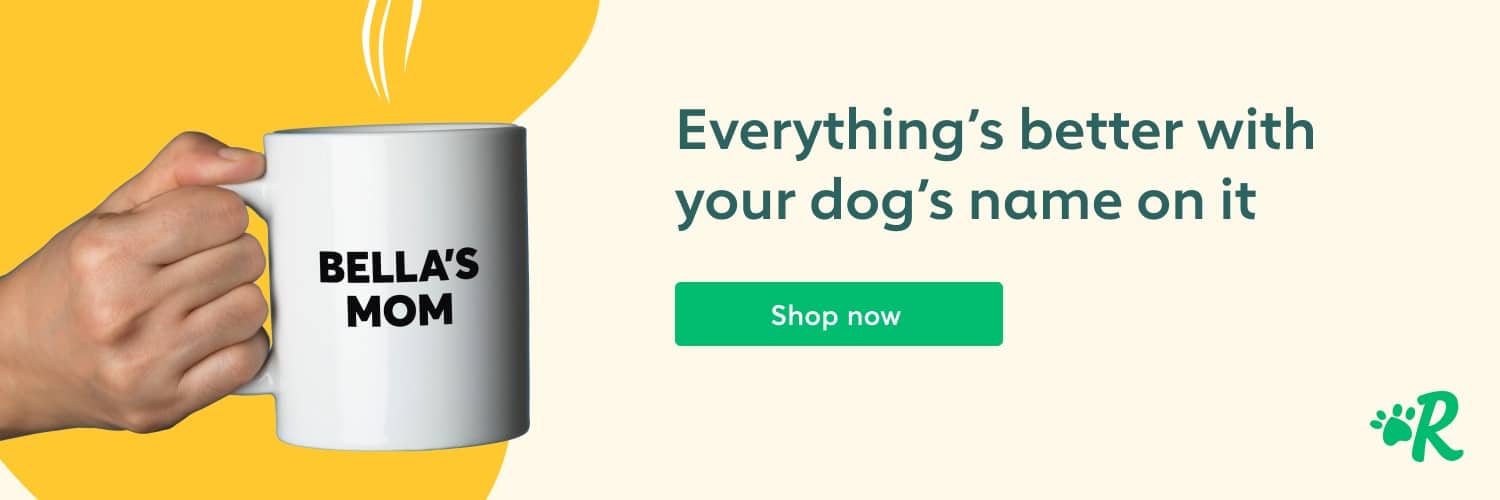
But before you set out to cat proof your home, think about the root causes of feline destruction. These can include boredom, anxiety, and illness. While you can devise all sorts of structures to protect furniture, rugs, and flooring (and we’ll go into those in detail), it’s a good idea to start by focusing on your cat’s situation.
Banish Boredom With Trees, Toys, and a Bed With a View
Young and middle-aged cats are driven to leap, climb, hide, and pounce to burn off all that feline energy. Unless they have tall trees, interesting tunnels, and cat houses (and maybe a cat companion or two), your cat is likely to turn your home decor into a playground.
The good news is there are some complex and wonderful playgrounds, trees, and scratchers for cats. Not all types of structures work for every cat, but it’s well worth your time to present your cat with some cat tree options that fit their size and their play style. Check out this sturdy scratcher and these catnip toys.
Some kitties (especially retired outdoor cats) can spend hours watching the neighborhood or back yard. Position a cat tree with spacious platforms or beds at the window, or, if you’re short on space, provide a perch that attaches to the window or windowsill.
Need something to amuse kitty in a hurry? The folks at Cummings School of Veterinary Medicine School at Tufts suggest a pyramid of toilet paper rolls.
Address Anxiety Issues
If your cat seems angry, stressed, or unhappy, they’re likely to express themselves by scratching furniture or (worse) peeing and pooping outside the designated litterbox—even in your bed! You might have a pretty good idea of the problem (loneliness, or fear of a new pet or person in the household). Many cats have a difficult time handling changes in their environment.
Experts recommend lots of attention, plus products such as Feliway, an artificial pheromone that persuades your cat that it’s on its own safe territory. If the cat’s anxiety is severe, talk with your veterinarian about anxiety-reducing medications.
Talk With Your Vet to Rule Out Illness
If your cat is suddenly peeing outside the box, there could be a serious health issue (such as a bladder infection). Check with your vet as soon as possible, as some bladder issues can have fatal consequences. Frequent vomiting also calls for veterinary attention.
Once illness is eliminated as a factor, you can begin looking at household factors that may be causing your cat to act out—and start to cat proof your home.
Once you’re sure your destructo-cat is healthy and happy, it’s time to roll out the defensive weapons to protect the house. Here are some time-tested solutions from real cat owners:
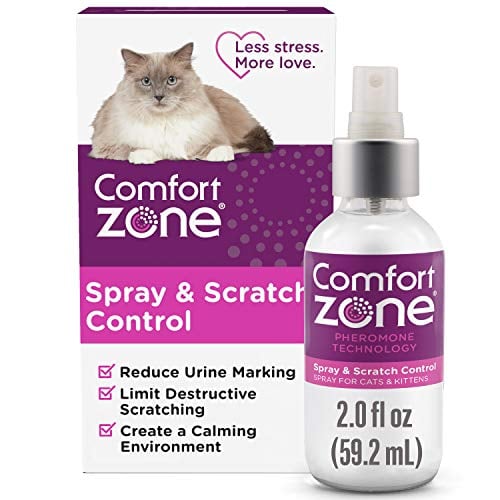
Comfort Zone uses synthetic pheromones to calm cats and reduce behaviors such as urine marking and destructive scratching. The spray is odorless to humans, but cats will recognize a smell much like the natural pheromones cats use to mark an area as safe. If your cat is scratching because of anxiety or the desire to be dominant with other pets, Comfort Zone can help calm the cat and reduce the behavior. The spray won’t harm fabrics or furniture, which makes it a good choice for cat proofing a home. You will, however, need to reapply it daily for it to be effective.
Shop on Amazon
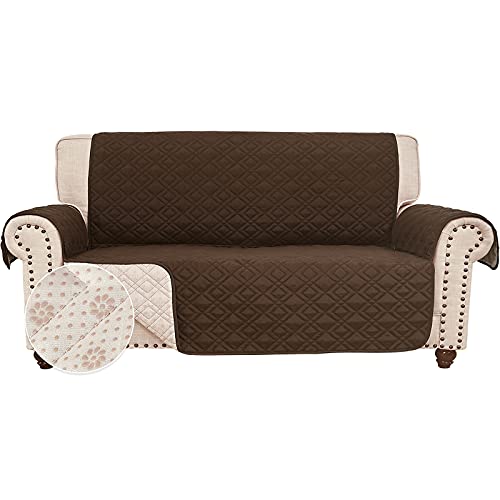
Tired of piles of fur (and spots of kitty barf) on your sofa? These quilted covers are available in several colors. They come in sizes to fit sofas, chairs, recliners, futons, loveseats, and more. Best of all, they are lightweight enough to machine-wash easily and can be quickly folded up for storage when company comes. Sure, you could use a regular quilt, but the fold-down arm covers on these are a great way to protect your furniture from fur and scratching—without lots of bulky fabric.
Shop on Amazon
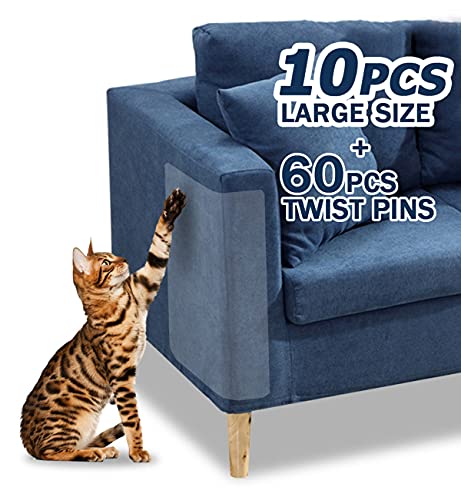
If your cat just will not leave the furniture alone, spring for a pack of these large self-adhesive plastic pads to cat proof your home and belongings. They wrap easily around corners and stay firmly attached to most upholstery fabric. (A pack of pads comes with 54 twist-in upholstery pins so you can contour the pads to protect a chair arm or other complex shape.)
Shop on Amazon
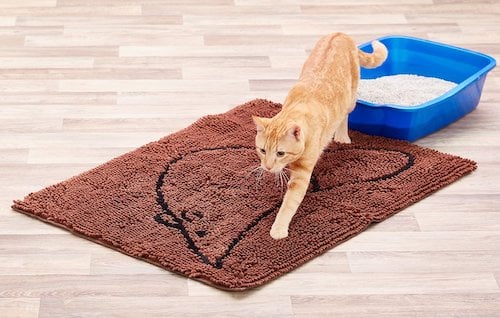
A confession: Some of us are frustrated with large, stiff plastic mats that are fine for catching litter granules but a pain to clean if the cat misses the box and makes a mess on them. Yet a cat litter mat is essential for keeping cat litter from tracking all over your house, winding up in your carpet, or permanently scratching your hardwoods. So we love this attractive, ultra-wicking microfiber mat (with non-skid backing) that catches the litter box sand. It’s easy to shake out and easy to wash in the machine if kitty has an accident.
Find on Chewy
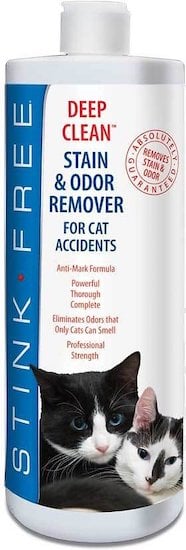
Once a cat starts spraying or peeing in an area, it’s hard to get them to stop. Similarly, if you move into a home where another animal previously peed on flooring or walls, that might inspire your own territorial cat to start misbehaving. There are several excellent ozone-based odor-removal products on the market suitable for cat proofing your home—as long as you get a feline-specific product, you can’t go wrong.
The Stink-Free oxidation formula, containing five strong cleaning agents, works as well as the enzyme cleaners but has a relatively neutral odor that disappears quickly. Be sure to read the directions—there are some good tips for increasing effectiveness, and they recommend cleaning the area with plain water a few days later to remove any excess product.
Shop on Chewy
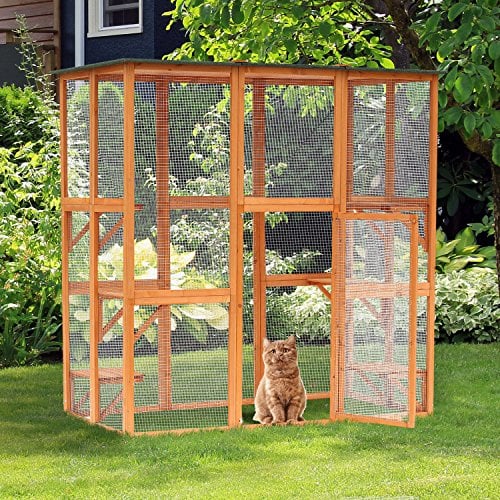
If your cat is treating your house like the great outdoors, the best way to cat proof your home may be to give your kitty a chance to safely enjoy the outdoors. Build a custom catio (with cat door) that adjoins your house. Or buy a ready-made enclosure. Our favorite catio is this substantial structure (roughly 6-feet wide, 3-feet deep, and 6-feet tall) with six platforms for your cat (or cats) to explore. An asphalt roof keeps your cat dry in bad weather and provides a bit of shade. There’s enough room for a litterbox and water dish, and the large door lets you pop inside to visit.
Shop on Amazon
